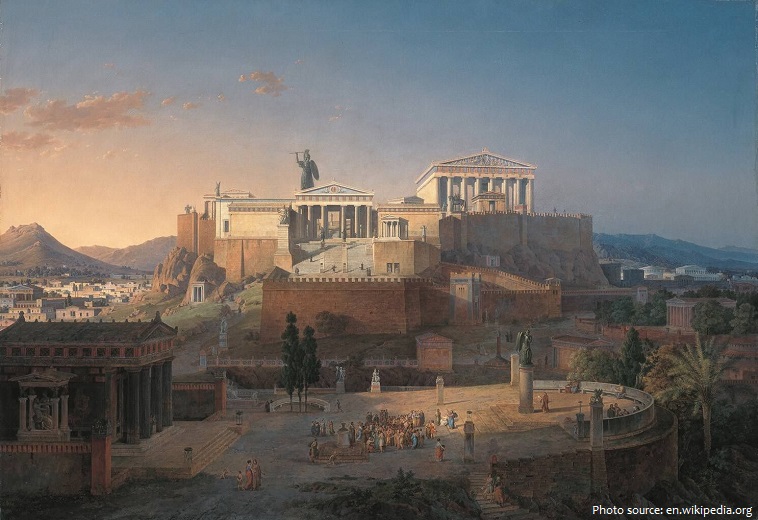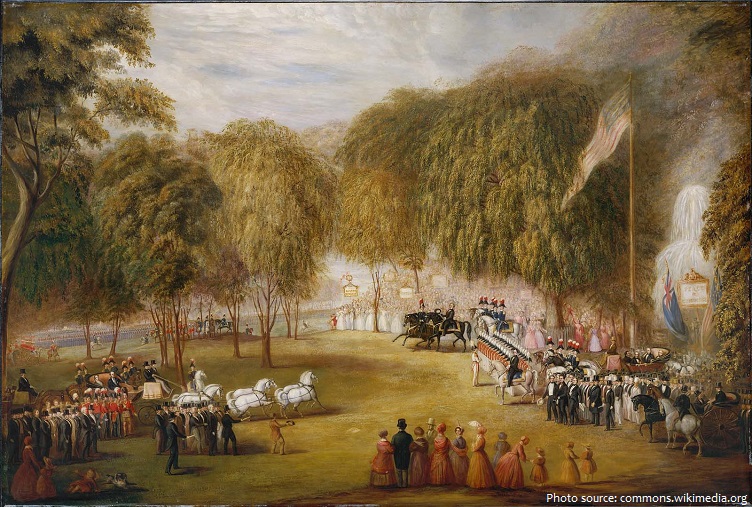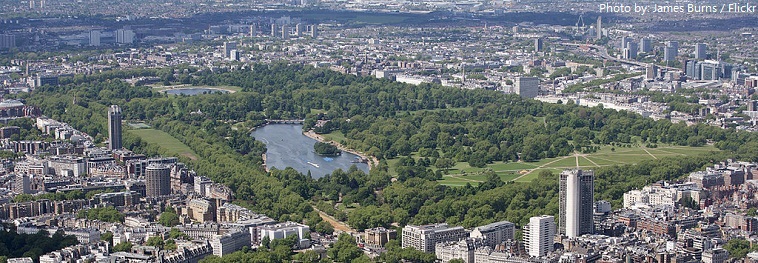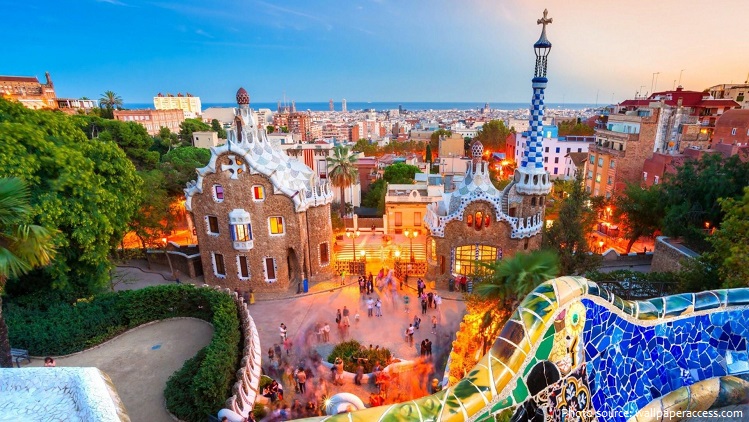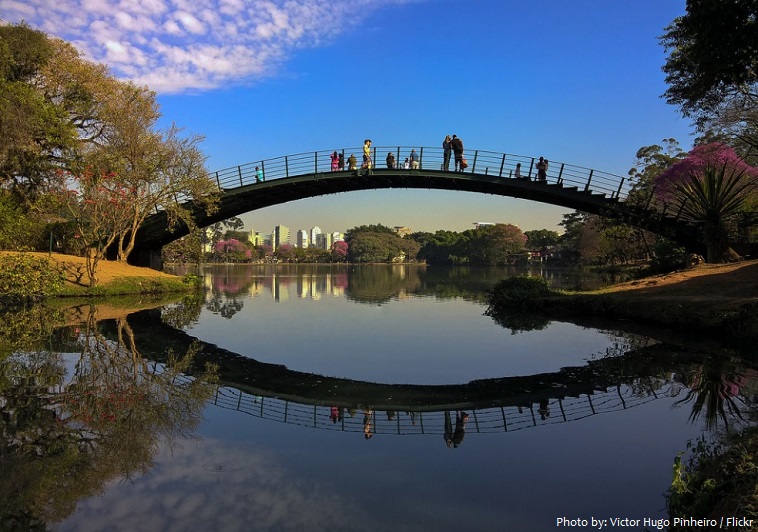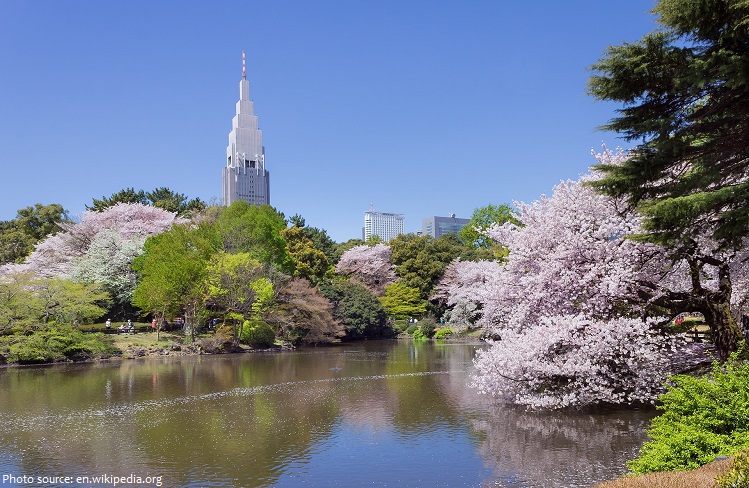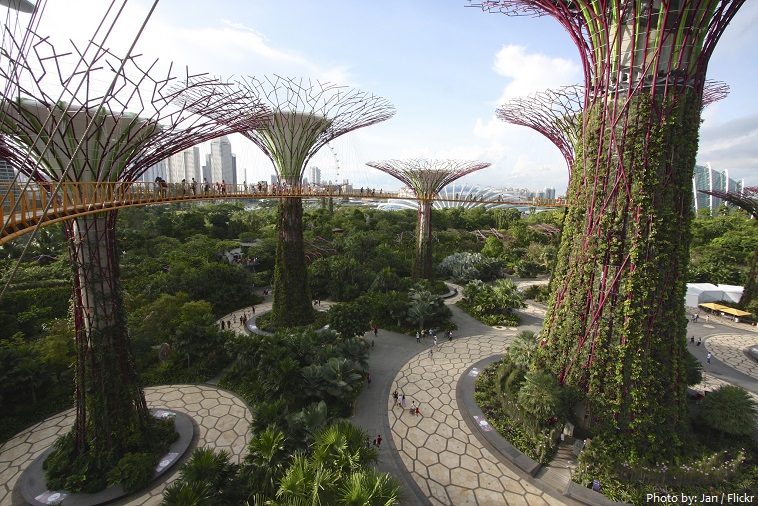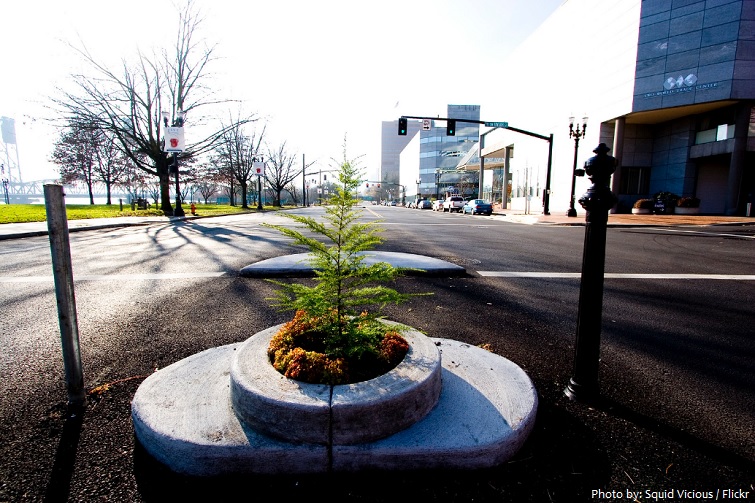A park is a large public garden or area of land used for recreation.
Parks may consist of grassy areas, rocks, soil and trees, but may also contain buildings and other artifacts such as monuments, fountains or playground structures.
Urban parks also known as a municipal park are green spaces set aside for recreation inside towns and cities. They often have benches for sitting and may contain picnic tables and barbecue grills.
National parks and country parks are green spaces used for recreation in the countryside. Although individual nations designate their own national parks differently, there is a common idea: the conservation of ‘wild nature’ for posterity and as a symbol of national pride.
State parks and provincial parks are administered by sub-national government states and agencies.
The earliest parks were those of the Persian kings, who dedicated many square miles to the sport of hunting – by natural progression such reserves became artificially shaped by the creation of riding paths and shelters until the decorative possibilities became an inherent part of their character.
A second type of park derived from such open-air public meeting places as those in ancient Athens, where the functions of an exercising ground, a social concourse, and an athletes’ training ground were combined with elements of a sculpture gallery and religious centre.
English deer parks were used by the aristocracy in medieval times for game hunting. They had walls or thick hedges around them to keep game animals (e.g., stags) in and people out. It was strictly forbidden for commoners to hunt animals in these deer parks.
Early opportunities for the creation of urban parks in both Europe and the United States grew out of medieval practice to secure pasturelands within the safe confines of villages and towns. The most famous US example of a city park evolved from this practice is the Boston Commons in Boston, Massachusetts (1634).
An area devoted simply to green landscape, a salubrious and attractive breathing space as a relief from the densely populated and industrialized city of the mid-19th century, became important.
Yellowstone National Park was the first area to be designated a national park anywhere in the world. It was given its status in 1872 by US president Ulysses S Grant, who declared that it would always be ‘dedicated and set apart as a public park or pleasuring ground for the benefit and enjoyment of the people’. The park covers 8,980 square kilometers (3,470 square miles), mostly in the state of Wyoming.
The most visited national park in the world is Great Smoky Mountains National Park in North Carolina and Tennessee, with over 12 million visitors per year. It encompasses 211,415 hectares (522,419 acres), making it one of the largest protected areas in the eastern United States. The park was designated as a UNESCO World Heritage Site in 1983 and a International Biosphere Reserve in 1988.
Central Park is an urban park in New York City between Fifth Avenue and Eighth Avenue and running from 59th Street to 110th Street. It is the most visited urban park in the United States. The park receives around 42 million visitors annually and stays open all year. Central Park is 4 kilometers (2.5 miles) long and 0.8 kilometers (0.5 mile) wide. The park was initially opened in 1857.
Hyde Park is one of the largest parks in London, and one of the Royal Parks of London. It was created in 1536 by Henry VIII for hunting. In 1536 King Henry VIII confiscated Hyde Park from the monks of Westminster Abbey. It was used primarily for hunting. King Charles I opened the park to the public in 1637. The current park layout was planned by architect Decimus Burton in 1825. Covering 142 hectares (350 acres) and with over 4,000 trees, a large lake, a meadow and ornamental flower gardens it is one of the greatest city parks in the world.
The Park Guell is a public park in Barcelona. The park was designed by famous architect Antonio Gaudi. One of Gaudi’s best friend and patron, Eusebi Güell commissioned Gaudi to design the park. The park was built between 1900 and 1914 and was officially opened as a public park in 1926. The park is like something out of a fairy tale. In 1984, UNESCO declared the park a World Heritage Site under “Works of Antoni Gaudí”.
Ibirapuera Park is an urban park in São Paulo. It comprises 158 hectares (390 acres) and is the most visited park in South America, with about 15 million visits per year. It was the first metropolitan park in São Paulo, designed along the lines of other great English landscape gardens built in the 20th century in major cities around the globe.
Shinjuku Gyoen is often described as “the Central Park of Tokyo”. The park is located in Tokyo’s busiest district, Shinjuku area, and it’s one of the most popular tourist attractions in Tokyo. The park consists of three types of Japanese traditional landscape garden with large ponds, lawns, stones, bridges, etc. The park is especially popular for cherry blossoms viewing in spring and autumn leaves viewing in autumn.
Gardens by the Bay is a nature park spanning 101 hectares (250 acres) of reclaimed land. It is located in the Central Region of Singapore. Being one of the popular tourist attractions in Singapore, the park receives more than 8 millions people per year.
The world’s smallest park is Mill Ends Park on a safety island on SW. Front Avenue, Portland, Oregon, USA. The park is a circle of 60.96 cm (24 in) diameter, which is 2,917.15 square centimeters (452.16 square inches) in area. It was designated as a city park on 17 March 1948 at the behest of the city journalist Dick Fagan (USA) for snail races and as a colony for leprechauns.
City parks play a role in improving cities and improving the futures for residents and visitors.
Park advocates claim that having parks near urban residents, including within a 10-minute walk, provide multiple benefits.
In many large parks, camping in tents is allowed with a permit.
Large national and sub-national parks are typically overseen by a park ranger.


